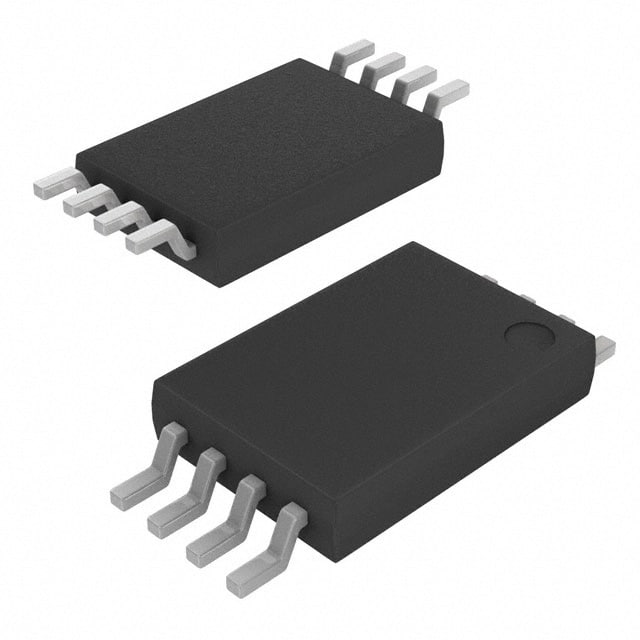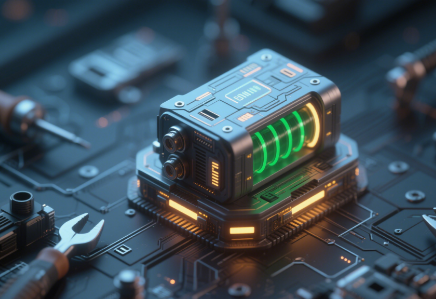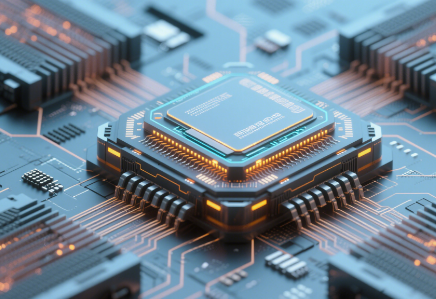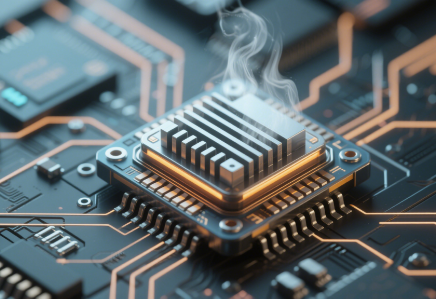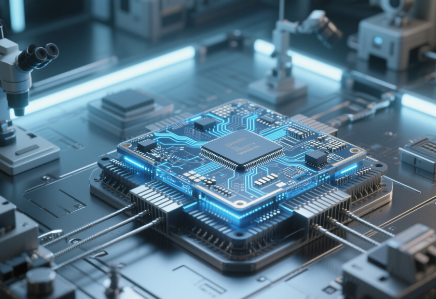Power Density Revolution: Unveiling the Secrets Behind Miniaturized Energy Storage Solutions
2025/1/15 15:02:59
In the ever-evolving landscape of electronics, the demand for smaller, more powerful devices has spurred a quiet yet transformative revolution in energy storage. At the heart of this movement lies the pursuit of higher power density-the ability to store and deliver more energy within a limited space. Miniaturized energy storage solutions are no longer a luxury but a necessity, powering everything from wearable devices and electric vehicles to grid-scale energy storage systems. This article delves into the key technologies and innovations driving the power density revolution and the challenges that lie ahead.
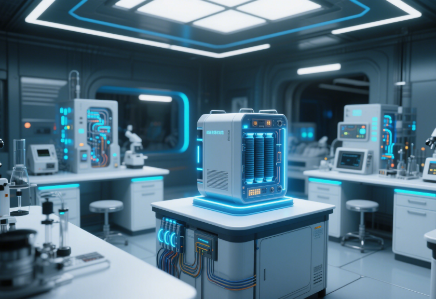
One of the primary strategies for increasing the power density of LiBs is to optimize their electrode materials. Conventional graphite anodes, while widely used, have limited theoretical capacity, restricting the overall energy density of the battery. Silicon anodes, with their much higher theoretical capacity, offer a promising alternative. Silicon can store up to 10 times more lithium ions than graphite, potentially doubling or tripling the energy density of LiBs. However, silicon anodes face significant challenges, such as large volume changes during charging and discharging, which can lead to electrode degradation and capacity loss. To address these issues, researchers are exploring various strategies, including nanoscale engineering, composite materials, and binder development, to improve the stability and performance of silicon anodes.
Another area of focus is the development of advanced cathode materials. Lithium cobalt oxide (LCO), a common cathode material in LiBs, offers high energy density but has limitations in terms of cost, safety, and environmental impact. Alternative cathode materials, such as lithium nickel manganese cobalt oxide (NMC) and lithium nickel cobalt aluminum oxide (NCA), have gained popularity due to their higher energy density, lower cost, and better safety performance. Researchers are also investigating new cathode materials, such as lithium-rich layered oxides and high-entropy materials, which have the potential to further increase the energy density and performance of LiBs.
Beyond lithium-ion batteries, emerging energy storage technologies are also contributing to the power density revolution. Supercapacitors, for example, offer high power density, fast charging and discharging capabilities, and long cycle life. Unlike batteries, which store energy through chemical reactions, supercapacitors store energy electrostatically, allowing for rapid charge and discharge. While supercapacitors have lower energy density compared to batteries, they are well-suited for applications that require short bursts of high power, such as regenerative braking systems in electric vehicles and power backup for electronic devices. Researchers are working on improving the energy density of supercapacitors by developing new electrode materials, such as carbon nanotubes, graphene, and metal-organic frameworks, and optimizing their electrolyte systems.
Solid-state batteries (SSBs) represent another promising technology for achieving higher power density. Unlike traditional LiBs, which use liquid electrolytes, SSBs use solid electrolytes, eliminating the risk of leakage, flammability, and thermal runaway. Solid electrolytes also offer higher ionic conductivity, enabling faster ion transport and potentially higher power density. Additionally, SSBs can use lithium metal anodes, which have a much higher theoretical capacity than graphite or silicon anodes, further increasing the energy density of the battery. However, the development of SSBs faces several challenges, including high manufacturing costs, low ionic conductivity at room temperature, and poor interfacial contact between the electrodes and the solid electrolyte.
The power density revolution in energy storage is not without its challenges. In addition to the technical hurdles associated with developing new materials and technologies, there are also economic, environmental, and regulatory considerations. The production of energy storage devices requires significant amounts of raw materials, many of which are finite and subject to price fluctuations. Ensuring the sustainable sourcing and recycling of these materials is crucial for the long-term viability of the energy storage industry. Moreover, the widespread adoption of energy storage technologies will have a significant impact on the global energy landscape, requiring careful planning and coordination to integrate these technologies into existing energy systems.
Despite these challenges, the power density revolution in energy storage offers immense opportunities for innovation and growth. As the demand for smaller, more powerful, and sustainable energy storage solutions continues to rise, researchers, engineers, and industry players are working together to develop the next generation of energy storage technologies. From optimizing existing battery technologies to exploring emerging solutions, the pursuit of higher power density is driving the evolution of the energy storage industry and shaping the future of electronics and beyond.
Featured PartsMore
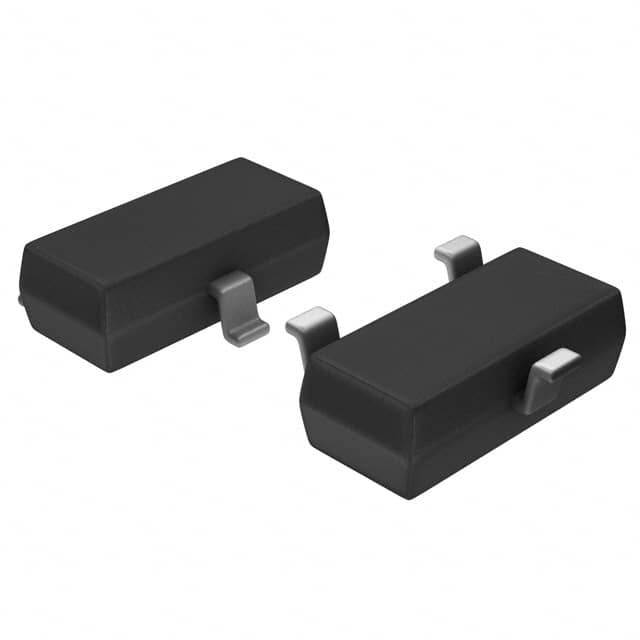
-
AT21CS01-STUM10-T Microchip Technology
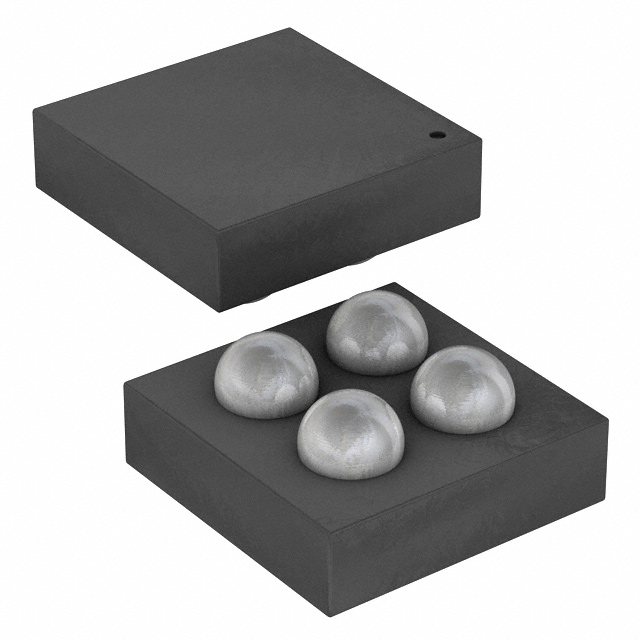
-
AT24CSW010-UUM0B-T Microchip Technology
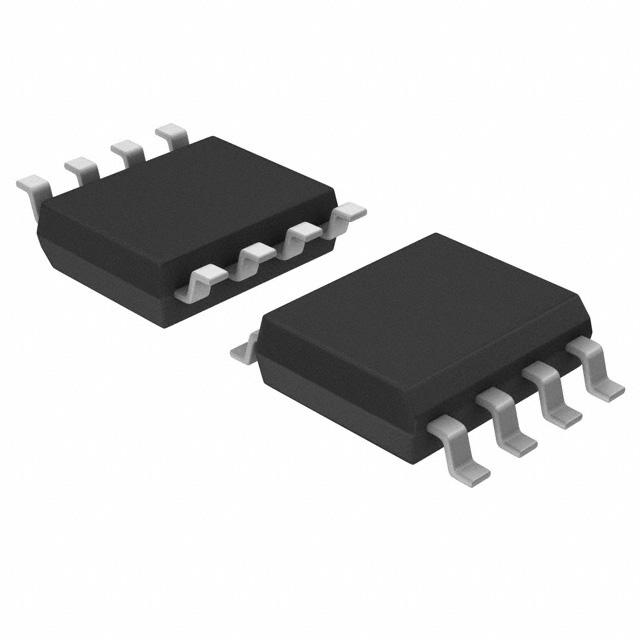
-
MX25R1635FM1IL0 Macronix
-
AT24C128C-XHM-T Microchip Technology
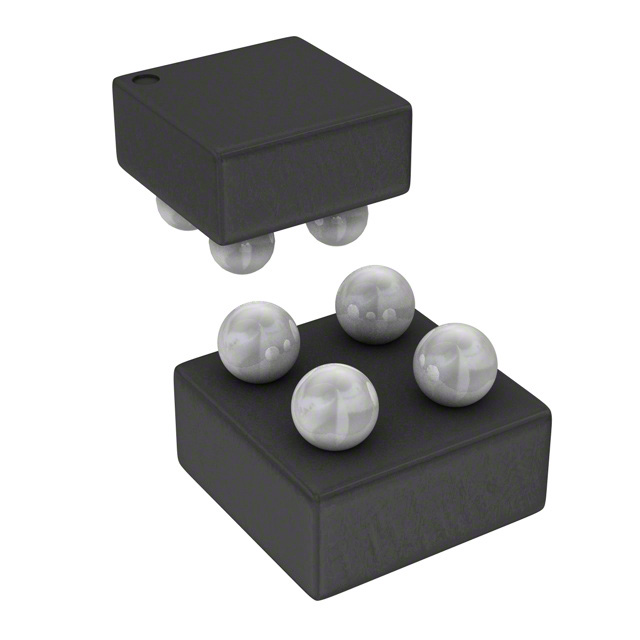
-
M24128X-FCU6T/TF STMicroelectronics

-
ATSHA204A-STUCZ-T Microchip Technology

